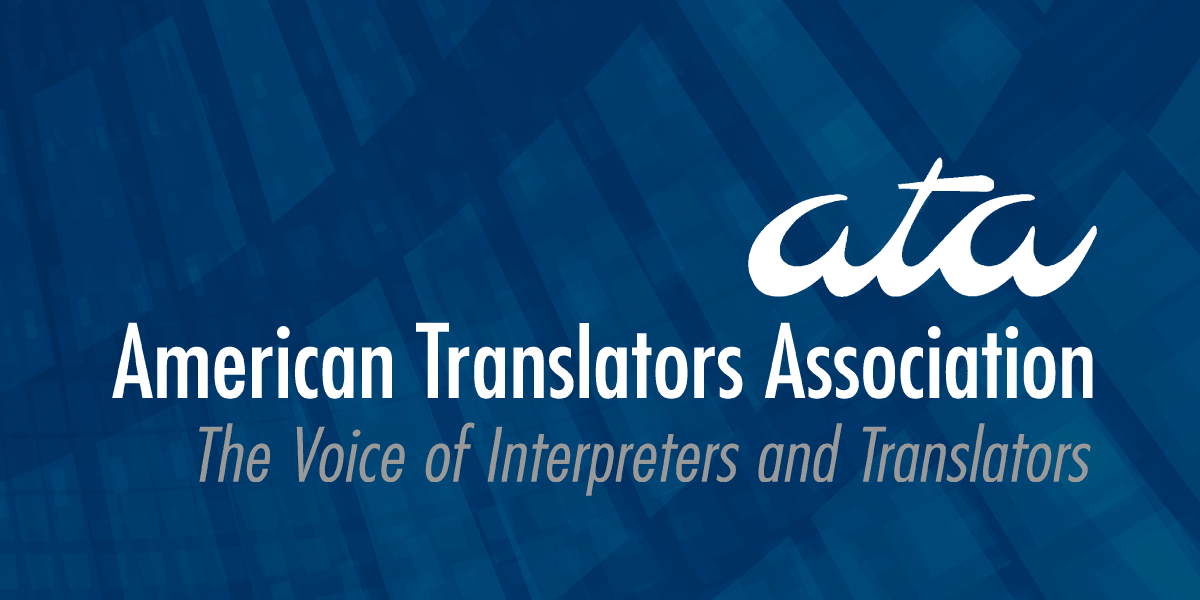The article “Defining Translation Quality” (Koby, Fields, Hague, Lommel, and Melby) is the third article in a series of articles. This particular article starts by referencing the first two articles. It mentions that the first article talked about the scope (how broadly one defines translation) and specifications (how explicitly requirements must be stated) concerning definitions of translation and that the second concerns discussions of quality and five approaches to it (transcendent, product, user, production, value). In this article, the authors seek to address translation quality and the ramifications of definitions.







